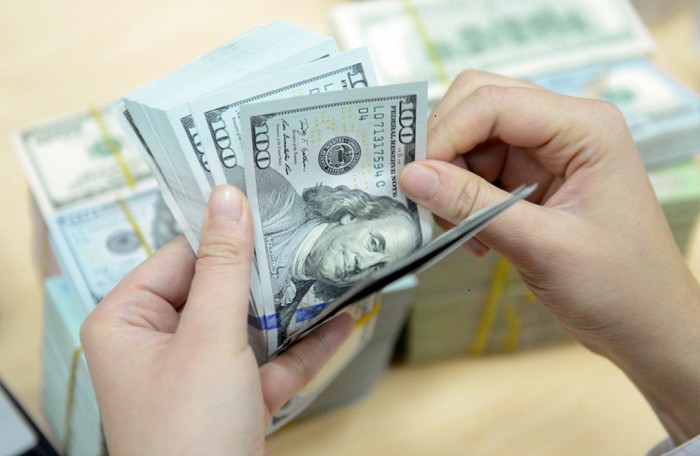Will the US dollar move by the end of the FED’s tightening cycle?
The US dollar continues to trade in a stable fashion against other major developed currencies. With volatility falling, it has given room for riskier developed and emerging market currencies to rally against the dollar, although there are notable exceptions.

The US dollar remains within the 5% trading range against other major currencies (using the DXY index) that we have seen so far this year.
The US dollar remains within the 5% trading range against other major currencies (using the DXY index) that we have seen so far this year. That’s very small indeed, and it is the slump in euro/dollar volatility that has been responsible for the bulk of the stability. The fall in volatility has allowed many higher-yielding currencies, especially those in emerging markets, to make gains at the US dollar’s expense. This seems all the more remarkable given that the Fed continues to lean to the hawkish side and defy expectations that the bank could be cutting rates before the end of the year.
However, Mr. Steve Barrow, Head of Standard Bank G10 Strategy, would make two points here. The first is that the US dollar is still making significant gains against currencies where policy rates are not rising in tandem, such as the yen and the renminbi. Indeed, it may be the case that speculators in the market have tended to double down on these currencies while leaving the likes of the euro and the pound steadier against the US dollar on account of the rise in their policy rates.
A second point is that the market still resolutely believes that the Fed is in the late stages of its tightening cycle, an expectation that is hardly surprising given the 500 basis points of rate hikes to date. As we have argued before, the US dollar tends to benefit from a Fed tightening cycle in the very early stages of the cycle and often even before rates rise, given that the Fed usually prepares the market to expect interest rate increases.
But by the latter stages of the cycle, the US dollar usually wanes as the market looks ahead to the interest rate downslope, and, clearly, in this case, it could be a very steep downslope given the speed and extent of the rate hikes to date. Since the last FOMC meeting, the market has adjusted rate-hike expectations up a little and also priced in a less aggressive easing regime over the next year or so. And yet, despite this, the US dollar has not risen. This suggests to us that rising US rates are a wasted force in terms of lifting the US dollar. But does this mean that the US dollar is bound to fall as the Fed moves towards an easing cycle?
While Mr. Steve Barrow’s base case is that the answer is ‘yes’, there is an important caveat. It is that the easing cycle must loom into view in a benign way, not a malign way. "What we mean by this is that the dollar will likely move towards our longer-term target range of 1.20–1.30 against the euro and towards 1.50 for the pound if the move away from tighter policy occurs in the context of a robust risk environment, as reflected in stronger asset prices. If instead the easing cycle comes about because the US economy—and the global economy—collapses, with the Fed consequently slashing rates and riskier assets, like stocks, plunging, then the dollar is more likely to rally again", said Mr. Steve Barrow.
"We lean toward the view that the move from a tightening cycle to an easing cycle from the Fed and others is more likely to be benign than malign and hence consistent with the idea of a weaker dollar over the long haul. This being said, we’d still expect bouts of tension in risk assets, some of which could be quite severe. These could produce bouts of dollar strength, albeit within the context of a longer-term decline", said Mr. Steve Barrow.
As mentioned earlier, the chances of a stronger dollar appear highest against those currencies where rate hikes seem out of the question at the moment. This puts China and Japan in the frame, but policymakers in both seem likely to push back should the pressure increase notably. In China’s case, this is most likely to be done in a modest and restrained way, such as through stronger CNY fixings than anticipated. In Japan, there seems to be little alternative to the far ‘louder’ tool of currency intervention. This was used last September at levels close to those we see today. While we doubt that the BoJ and MoF want to draw a line in the sand at 145, as this risks trouble if the market breaks the 145 level, it is possible that more intervention will be forthcoming before any climb to 150. Over time, the yen should recover against the dollar as the Fed moves towards an easing cycle and the BoJ nudges its own rates a little higher. But this is some time away, and in the meantime, the pressure to intervene is only likely to increase.








